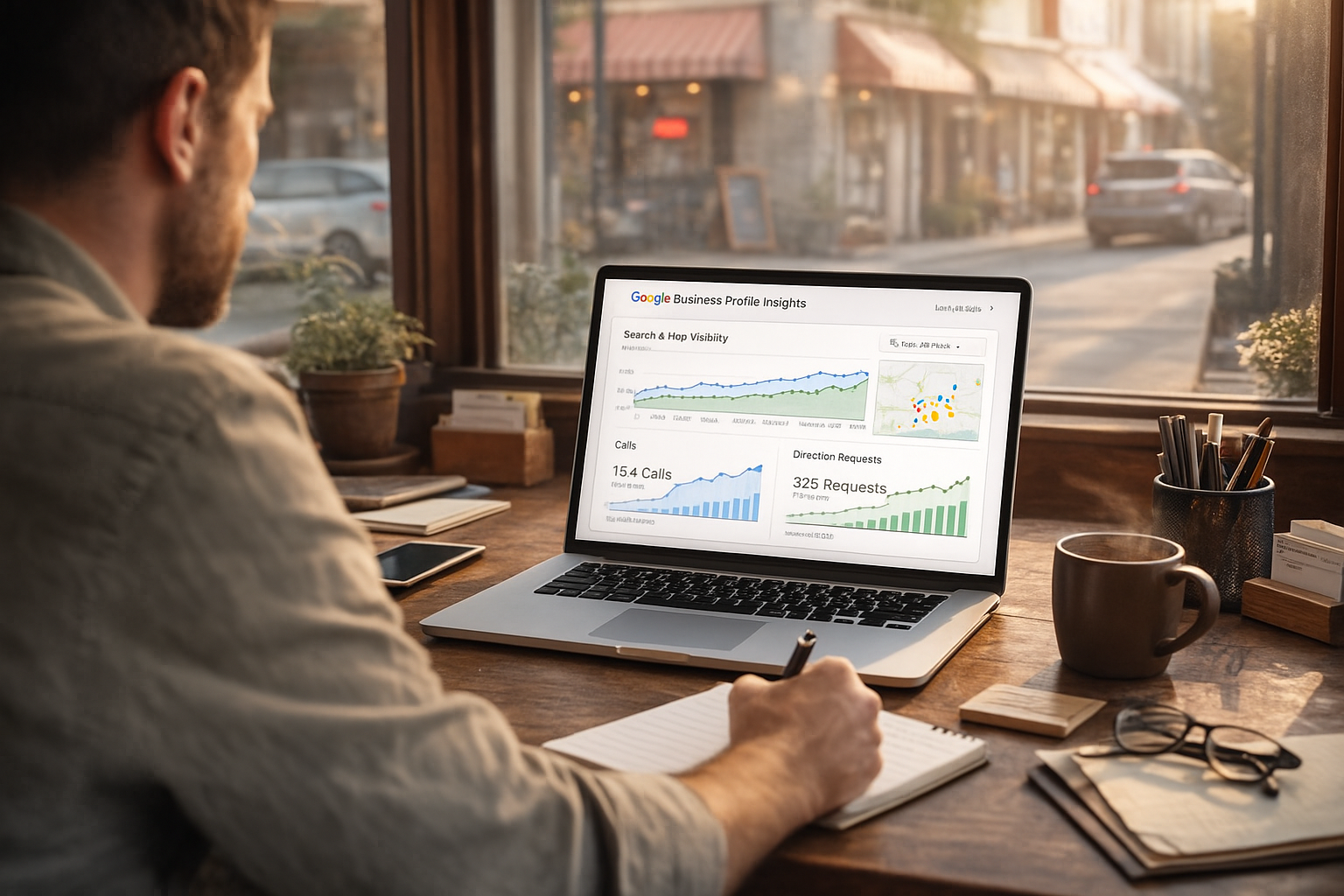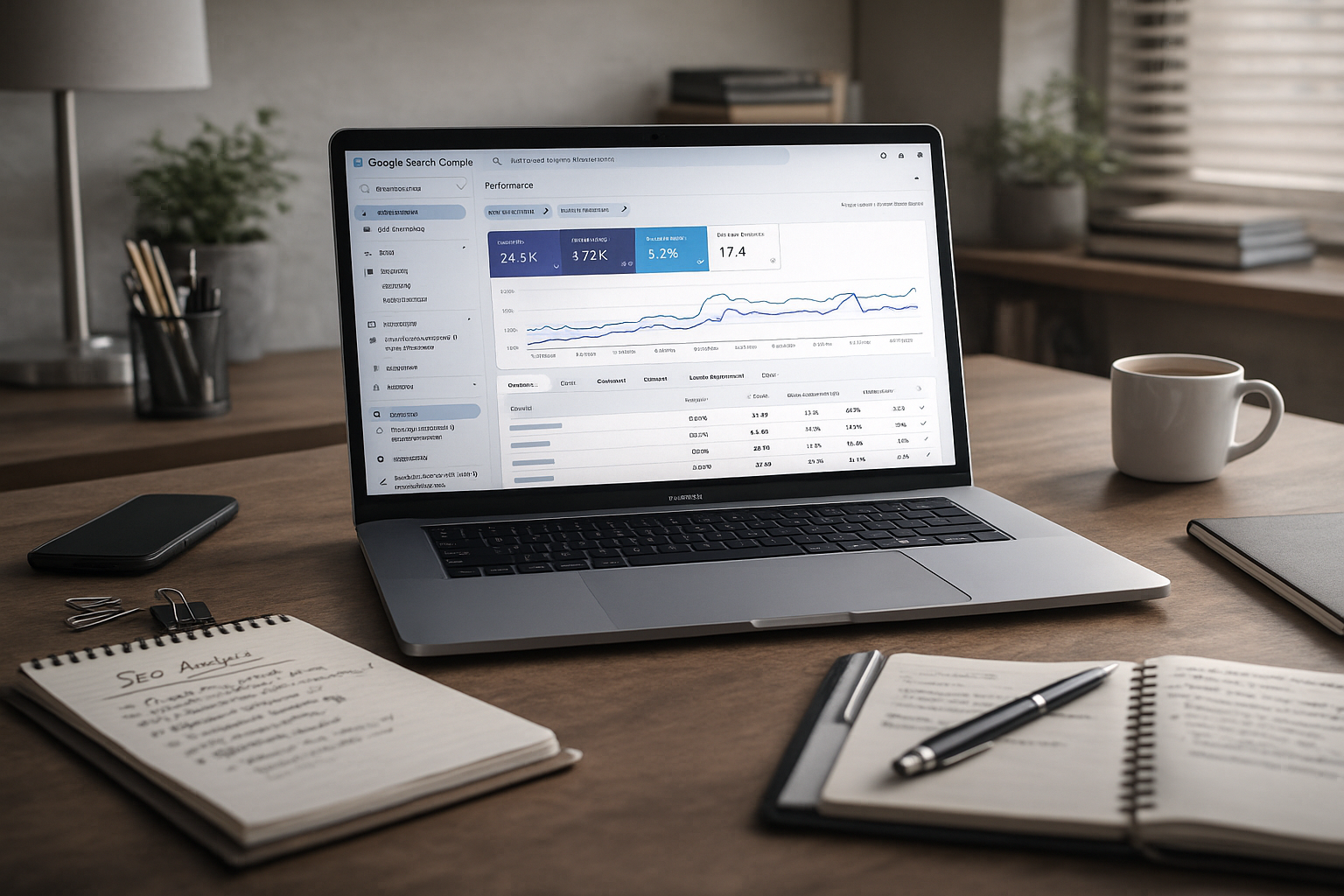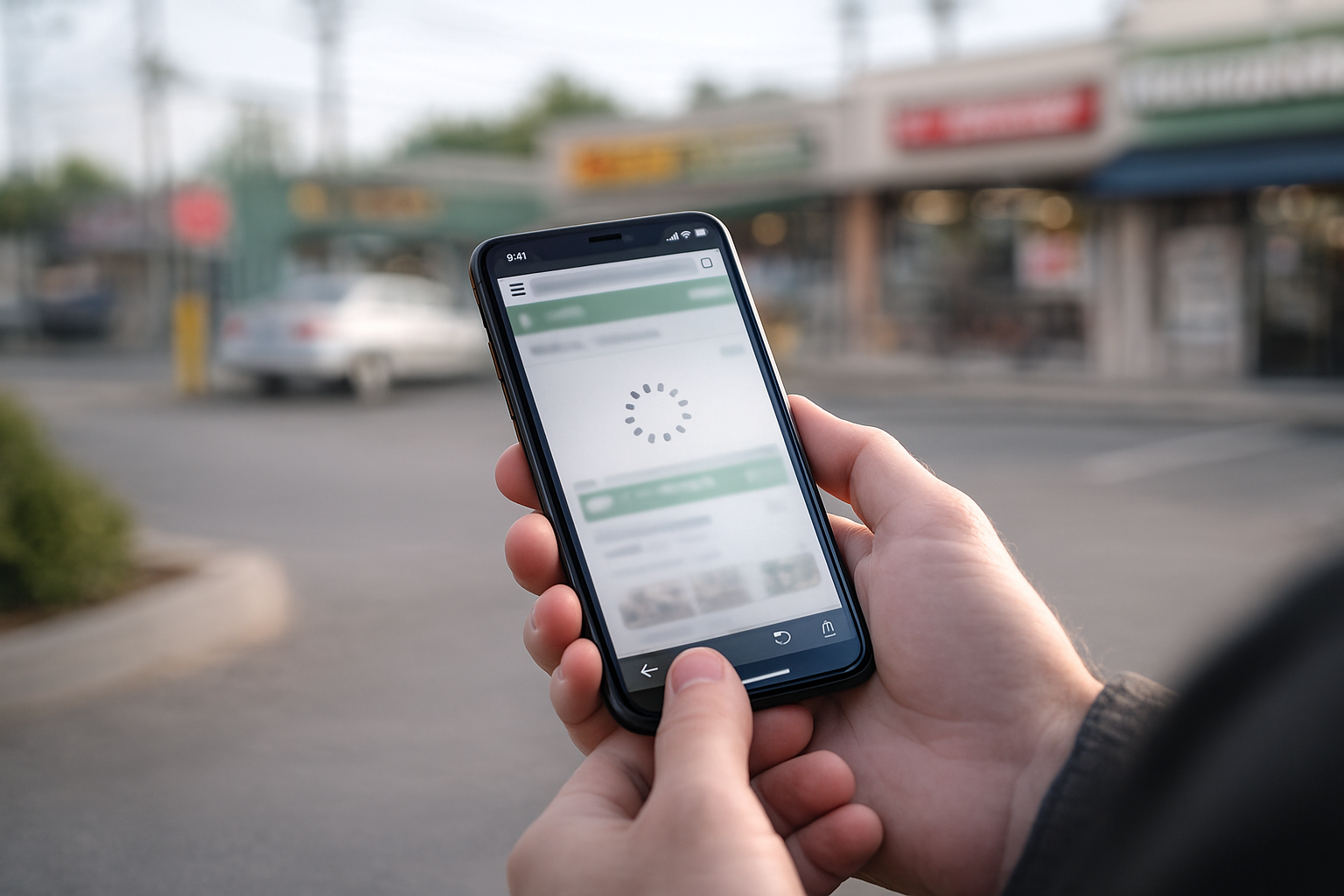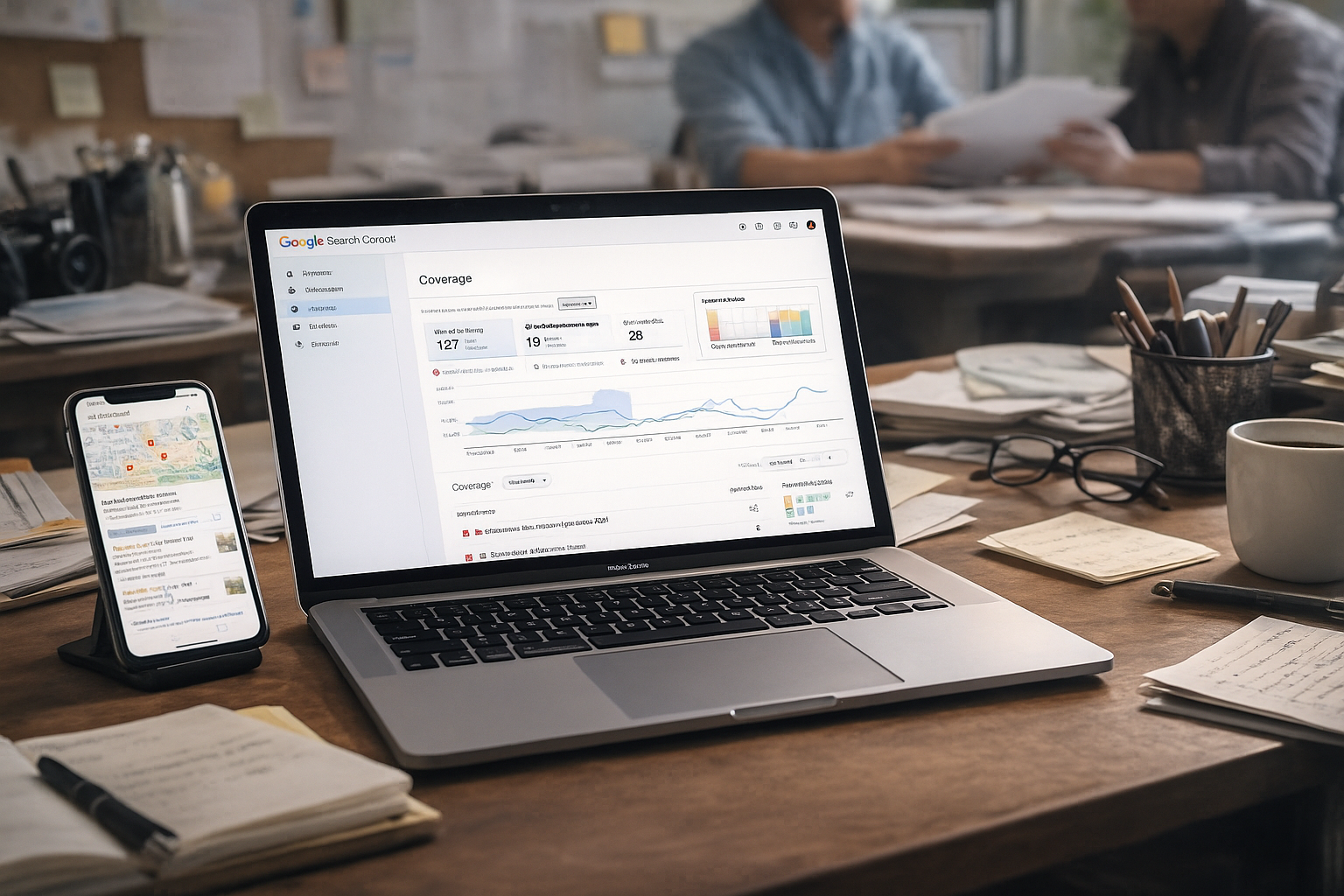What's better: local SEO vs paid ads for small businesses?
For many small businesses, digital visibility can make or break growth. Modern consumers search online before making purchasing decisions, whether they’re looking for a local restaurant, a dentist, or a contractor. That means showing up in front of the right customer at the right time is critical. But how should a business invest limited marketing dollars—into long-term search engine optimization (SEO) or immediate paid ads like Google Ads and social media campaigns?
This is the classic debate: local SEO vs. paid ads. Both strategies help you attract customers online, but they work in very different ways. Local SEO builds organic visibility over time, while paid ads generate instant traffic—at a price. The question isn’t which one is universally better, but which one aligns with your goals, budget, and timeline.
We’ll explore the strengths and weaknesses of each approach, provide examples, and help you determine the best path forward for your business.
1. Understanding Local SEO and Paid Ads
Before we can weigh the benefits, it’s important to define each method clearly.
Local SEO
Local SEO refers to the practice of optimizing your website, Google Business Profile, and content so that your business shows up in local search results and Google Maps. When someone searches for “plumber near me” or “best coffee shop in Philadelphia,” Google prioritizes nearby businesses with relevant listings.
Key tactics include:
- Optimizing your Google Business Profile (GBP).
- Ensuring consistent Name, Address, Phone (NAP) across the web.
- Building keyword-rich and location-targeted content.
- Collecting positive customer reviews.
- Building local backlinks.
Local SEO focuses on organic visibility—not paying for clicks, but earning higher rankings through relevance, authority, and trust.
Paid Ads
Paid ads (often called PPC, or pay-per-click) are campaigns you run on platforms like Google Ads, Facebook Ads, or Instagram Ads. Unlike organic SEO, you pay for your visibility. Bidding allows you to show up at the top of search results almost immediately.
Key features include:
- Targeting specific audiences, locations, and keywords.
- Immediate control over visibility (as long as your budget lasts).
- Pay-per-click or pay-per-impression pricing models.
- Highly trackable conversion data.
In short: Local SEO builds long-term organic trust; Paid Ads give instant but temporary results. Both can bring customers—but they work differently in timing, costs, and outcomes.
2. How Local SEO Works for Small Businesses
At its core, Local SEO helps you show up when customers search nearby. Google’s local ranking algorithm considers three main factors: relevance, distance, and prominence.
Relevance
Google analyzes whether your content and business info match what the user is searching for. Your website keywords, landing pages, and Google Business Profile categories all help.
Distance
Proximity is one of Google’s biggest ranking factors for local intent searches. Even if your SEO isn’t perfect, if a searcher is physically close to you, there’s a higher chance your business shows up.
Prominence
This relates to credibility and visibility. Are other sites linking to you? Do you have good reviews? Is your business mentioned in local media or directories?
Why It Matters for Small Businesses
Most small businesses operate within a local service area—a dentist, plumber, landscaper, or boutique—so appearing on the Google Local 3-Pack (the top three map results) can dramatically impact lead generation. Statistics show that:
- 46% of all Google searches have local intent.
- 78% of local mobile searches lead to offline purchases.
- Businesses with optimized profiles are significantly more likely to show up.
Local SEO is about owning your backyard online. For a small business with limited reach, it levels the playing field against national competitors who might have bigger ad budgets but weaker localized signals.
3. How Paid Ads Work for Small Businesses
Paid ads offer a different approach: guaranteed visibility in front of targeted audiences, as long as you pay. On platforms like Google Ads, you “bid” on relevant keywords such as “emergency roofing service” or “best divorce lawyer.” Your ad shows up at the top, and you’re charged either per click (PPC) or per thousand impressions (CPM).
Advantages of Paid Ads
- Immediate traffic: Unlike SEO, which takes months, ads bring clicks today.
- Precise targeting: You can target specific demographics, geographies, and behaviors.
- Scalability: Increase spend and see more impressions quickly.
- Data-driven optimization: Every click, impression, and conversion can be tracked.
Challenges for Small Businesses
- Budget dependence: Once you stop paying, visibility disappears.
- High competition in some industries: Keywords like “personal injury lawyer” can cost $50–$150 per click.
- Learning curve: Running effective ad campaigns requires expertise in bidding, copywriting, and targeting.
- For small businesses in highly competitive sectors, ads can be a double-edged sword—bringing fast leads but also draining budgets if not managed properly.
4. Pros of Local SEO for Small Businesses
Why do so many experts recommend SEO as a foundation? Consider these benefits:
- Sustainable visibility: Once you’re ranking, you don’t pay per click.
- Trust and credibility: Customers trust organic rankings and reviews more than ads.
- Cost-effective in the long run: While it takes months to build, SEO compounds over time.
- Supports Google Maps traffic: Local pack visibility drives both calls and in-store visits.
- Stronger brand authority: Ranking for multiple queries builds recognition.
Imagine a dentist’s office ranking naturally for “teeth whitening near me.” Even if competitors run ads, the organic listing feels more trustworthy.
5. Cons of Local SEO for Small Businesses
Of course, SEO is not all upside:
- Time investment: Results can take 3–6 months to see growth, sometimes longer.
- Constant maintenance: Algorithms evolve; profiles must be updated.
- Competition-heavy: If your niche is competitive (law, real estate), ranking is harder.
- Upfront investment without quick wins: New businesses often need faster results.
For example, a brand-new boutique opening in a competitive downtown may find SEO too slow to build foot traffic in the first critical months.
6. Pros of Paid Advertising for Small Businesses
Paid ads shine in very specific ways:
- Instant results: Launch today, get leads tomorrow.
- Scalable exposure: You choose how many customers you want to reach.
- Highly measurable ROI: With conversion tracking, you know what’s working.
- Strategic campaign control: You can test offers, keywords, and audiences quickly.
- Useful for launches or promotions: Ideal when opening a new location or running a seasonal sale.
For a new restaurant, ads can bring diners through the door in the opening week—something SEO can’t deliver that fast.
7. Cons of Paid Advertising for Small Businesses
On the flip side, paid ads come with real risks:
- Cost escalates in competitive markets. Lawyers, healthcare, and finance see sky-high CPCs.
- Ad fatigue: Audiences may ignore repetitive ads, forcing frequent redesigns.
- Dependence on budget: The second funds run dry, leads stop.
- Click fraud: Competitors or bots sometimes click ads, wasting spend.
- Lack of long-term equity: Ads don’t build authority the way organic rankings do.
- Paid ads are like renting billboard space. They work as long as you keep paying, but the long-term visibility disappears once you stop.
8. Comparing ROI: Local SEO vs. Paid Ads
Most small businesses care less about theory and more about return on investment.
SEO ROI
- Long-term compounding—content and rankings keep working after initial investment.
- Cost-per-lead often drops steadily after 6–12 months.
- Best for businesses with ongoing services (dental, legal, contractors) rather than one-off sales.
PPC ROI
- Immediate but requires constant funding.
- Highly effective if customer lifetime value is high enough.
- Works well in short bursts (seasonal sales, product launches).
The right answer depends on goals and cash flow. If your business has patience and wants equity in rankings, choose SEO. If you need fast results and can sustain ad spend, paid advertising works.
9. When to Prioritize Local SEO
Small businesses should lean into SEO when:
- They’re serving a geographically defined market.
- They want sustainable traffic beyond “pay-to-play.”
- They’re building long-term trust, such as chiropractors, contractors, or private practices.
- They rely on repeat customers and reviews (e.g., home services, restaurants).
SEO is the foundation every local business should build, even if it takes time. It acts as a permanent digital storefront that works 24/7.
10. When to Prioritize Paid Ads
Paid ads make sense when:
- A business is brand new and needs immediate traffic.
- Launching a new product, location, or seasonal offer.
- Competing in industries where SEO is extremely competitive and slow.
- Targeting very specific demographics beyond location-based searches.
- For instance, a new landscaping company could run ads to win customers now, while also investing in SEO for growth over the next 6–12 months.
Final Thoughts: The Best Strategy Isn’t Either/Or
The truth? Small businesses shouldn’t think of SEO and paid ads as enemies. They complement each other.
- Paid ads deliver immediate, predictable traffic.
- Local SEO builds credibility and long-term visibility.
- A hybrid approach (running targeted ads while investing in SEO) creates both short-term wins and lasting equity.
At GetPhound, we help small businesses design balanced, budget-friendly strategies. Whether you need a quick boost with ads or sustainable growth with RankGuarantee™ SEO, the best plan is one that matches your business goals, timeline, and budget.
FAQ: Local SEO vs. Paid Ads
1. Which is cheaper—SEO or paid ads?
SEO is more cost-effective over time, while paid ads cost more upfront but deliver instant results.
2. Can I do both SEO and paid ads?
Yes, many successful businesses run both. Ads bring immediate traffic while SEO builds long-term presence.
3. How long does it take SEO to work?
Typically 3–6 months for noticeable results, though some businesses see earlier wins.
4. Are paid ads worth it for very small budgets?
They can be, but results may be limited. Ads must be carefully managed to avoid wasted spend.
5. What’s the best first step for a brand-new business?
Start with paid ads to get leads quickly, but invest in SEO simultaneously so you’re not dependent on ads forever.
SEO is more cost-effective over time, while paid ads cost more upfront but deliver instant results.












